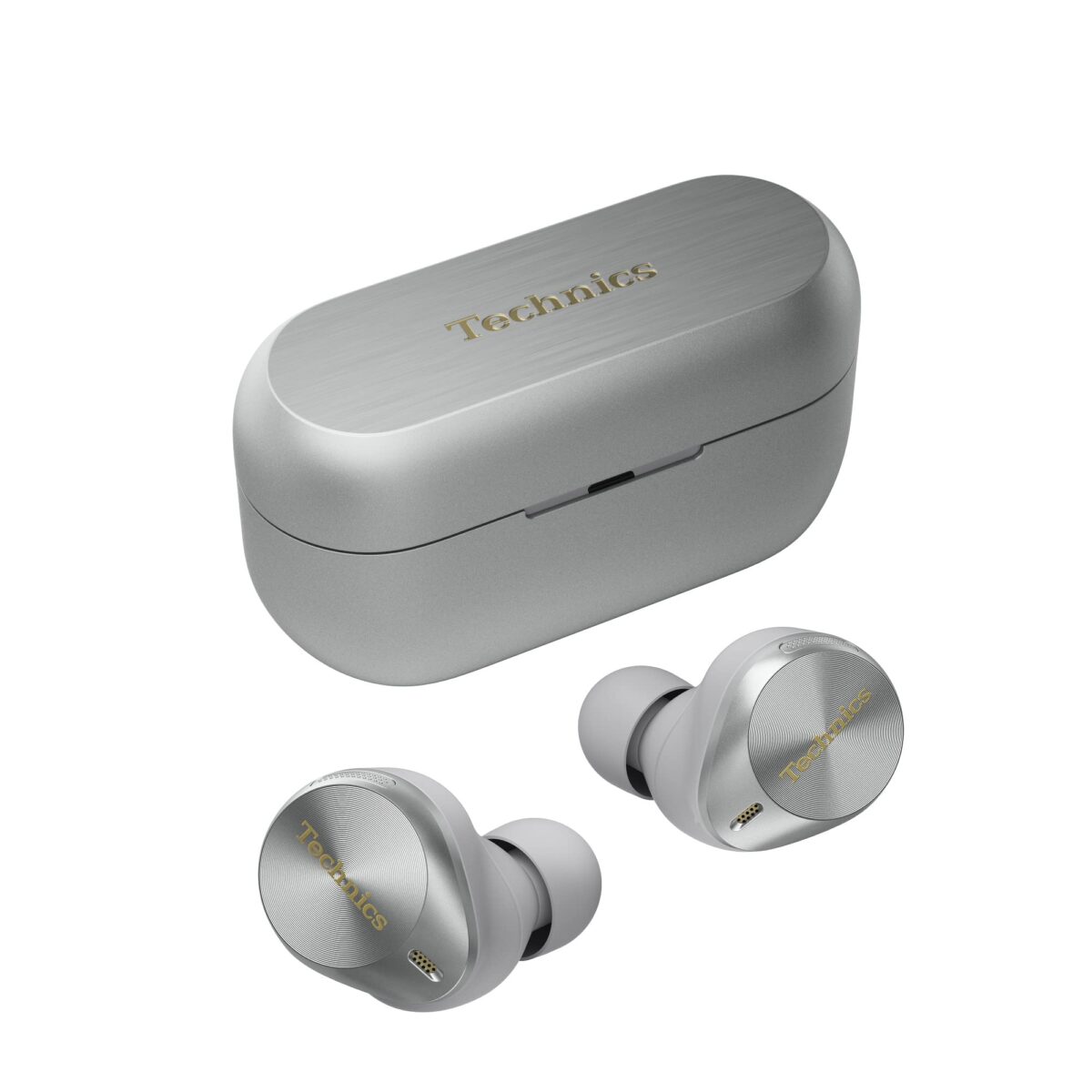X Pledges to Limit Usage of EU User Data in AI Chatbot Development
We independently review everything we recommend. When you buy through our links, we may earn a commission which is paid directly to our Australia-based writers, editors, and support staff. Thank you for your support!
Overview
- X has decided to temporarily cease the utilization of EU user data for AI training purposes.
- This choice follows regulatory demands from the Irish Data Protection Commission.
- Users have the option to refuse sharing their data for AI-related purposes through privacy settings.
- Legal actions are in progress to finalize data usage limitations.
- Similar actions have been enforced against Meta and Google.
Context of Regulatory Pressure
Social media platform X, which is under the ownership of Elon Musk, is currently facing attention after agreeing to refrain from using the personal data of European Union users for AI training without their approval. This decision emerged following an intervention by an Irish court, which brought attention to the concerns raised by Ireland’s Data Protection Commission (DPC).
The DPC, the primary EU regulator for prominent US internet companies operating within the EU from Ireland, requested a directive to prevent X from handling user data for AI development. This step aligns with actions taken previously against tech entities like Meta and Google.
User Consent and Data Handling
X has introduced a functionality that enables users to choose whether their public posts can be utilized for AI training on the platform’s chatbot, Grok. This necessitates users to manually opt-out by deselecting a checkbox in their privacy settings. However, Judge Leonie Reynolds noted that X began processing user data on May 7, while the opt-out option was not available until July 16, and it wasn’t immediately accessible to all users.
As legal actions proceed, X has concurred that data gathered from May 7 until August 1 will remain unused until a court ruling is delivered regarding the DPC’s directive. Attorneys for X are scheduled to submit opposition documents by September 4.
Wider Implications for Technology Firms
The attention directed at X is part of a broader regulatory movement within Europe. Earlier this year, Meta opted to postpone the launch of its AI models in Europe, and Google adjusted its Gemini AI chatbot following similar discussions with the Irish regulator. These measures highlight the growing significance of data protection and user consent in the realm of AI development.
Conclusion
The regulatory climate in Europe is shifting, with tech companies like X, Meta, and Google encountering heightened scrutiny over the utilization of data for AI training. X’s resolution to momentarily halt the use of EU user data underscores the increasing focus on user consent and data protection. As legal proceedings unfold, the outcome could establish critical precedents for how user data is utilized in AI technologies.




.jpg&h=420&w=748&c=0&s=0)









